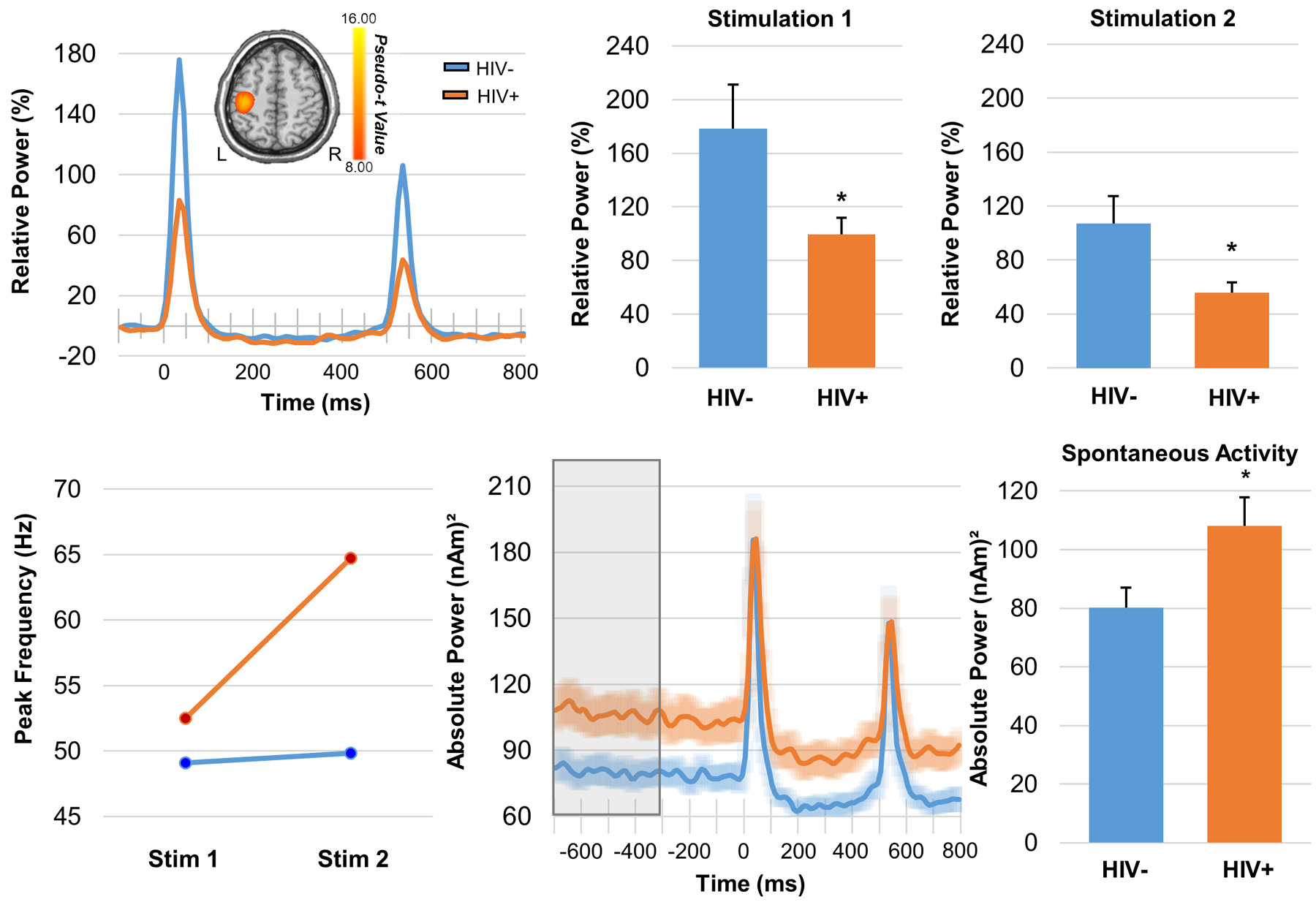Figure 5. Somatosensory Gamma (20–75 Hz) Activity Following Electrical Stimulation.

(Top): HIV-infected adults exhibited reduced response power to somatosensory stimulation. Disease-related power differences in response to each electrical stimulation were seen in the relative power envelope for the 20–75 Hz band (far left). Two-sample t-tests revealed reduced response power to stimulation 1 (middle) 2 (far right) in HIV-infected adults compared to controls (*p < 0.05). (Bottom): HIV-infection modulated the peak gamma frequency in the somatosensory cortex (far left); a mixed-model ANOVA revealed a significant stimulation-by-group interaction, which indicated that HIV-infected adults had a higher peak gamma frequency in response to the second stimulation relative to controls (p = 0.045). The time series extracted from the peak voxel and averaged across each group revealed elevated spontaneous neural activity immediately preceding stimulus onset in HIV-infected adults (middle). Two-sample t-tests revealed significantly elevated gamma activity during the baseline period (−700 to −300 ms) in adults with HIV relative to controls (*p < 0.05).
